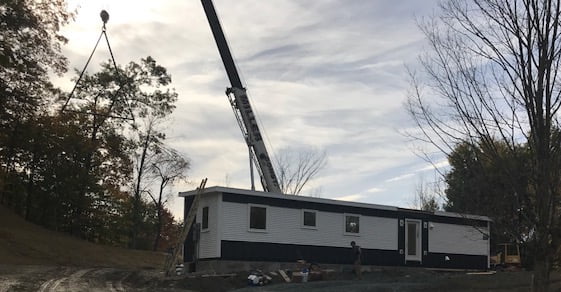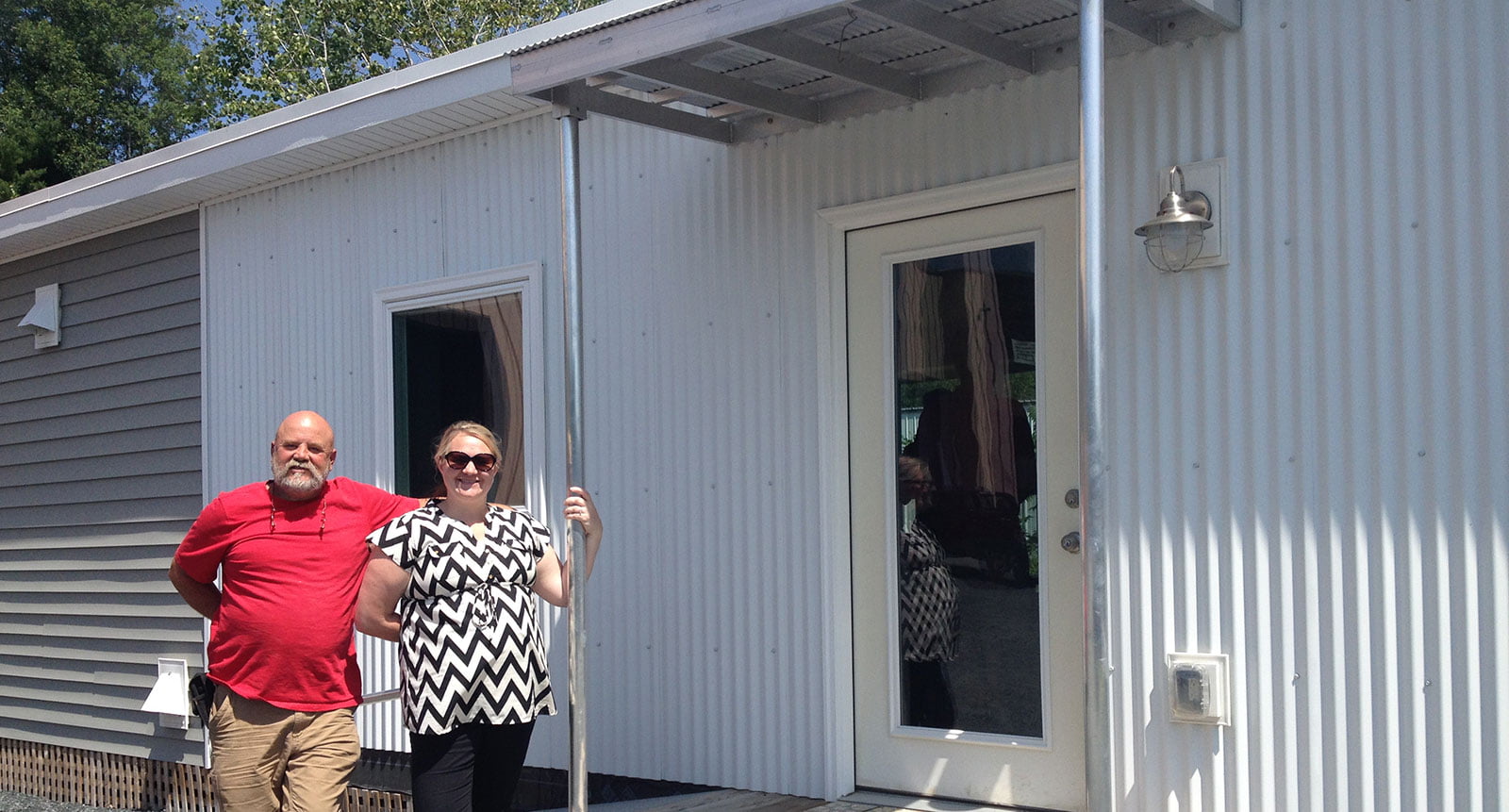Part I of our series on energy poverty discussed addressing the root causes of the issue rather than the current band-aid solution. While current programs intended to pay utility bills or weatherize older homes certainly helps as a temporary aid to this widespread problem, a more systematic approach would be better. There are many homes that are simply beyond help and weatherizing them would be a poor investment. In these cases, there lies a golden opportunity to make an even greater impact. Instead of patching them up, replace them with brand new, zero energy homes and apartments. This initiative could be funded by combining the multiple sources of assistance already targeted for low-income families, including utility bill assistance, low-income weatherization grants and loans, and incentives for energy-efficient new construction. The energy savings enjoyed by the occupants of these new homes will make the houses more affordable and would increase the ability of occupants to contribute to the upgrade cost.
It’s an approach not unlike to the very successful “cash for clunkers” program that removed millions of old, polluting cars from the road and replaced them with more efficient models and, at the same time, created significant economic activity. A similar approach would work for the affordable housing market. Instead of throwing good money after bad, help disadvantaged families rent or buy homes that will save them money and restore their dignity. This approach represents a “hand up” rather than a “hand out” and requires a significant contribution from the beneficiaries in the same way that Habitat for Humanity requires homeowners to invest effort into their homes.
This is where zero energy comes in. Because it’s more cost-effective to apply zero energy principles in new construction than in retrofits. These new homes should be affordable and qualify as zero energy ready. Zero energy ready means that the building envelope and equipment are built to zero energy standards, so that it is possible to supply all the energy the home needs with the addition of an on-site renewable energy system, usually solar panels.
And it’s possible to build a zero energy ready home for less than the cost of a conventional home. The key is small size, careful design, efficient construction, thrifty procurement, and well-structured financial support. While these elements have not historically been the strong suit of the American homebuilding industry, the factory-built home sector shines in all four areas. Unfortunately, HUD-code manufactured homes fall far short of basic energy codes when compared to site-built homes. However, efforts are being made to improve efficiency. The first zero energy ready manufactured home recently rolled off the line in Alabama. This home slashes energy use in half compared to HUD-code homes and shows that it’s possible to build zero energy HUD-code manufactured homes.
Modular homes, as distinct from manufactured homes, can yield both greater affordability and zero energy efficiency to low-income families. Modular homes are also made in factories, but must meet the building code of the jurisdiction in which they are placed. Modulars do not have their own wheels. They are generally transported on flatbed trucks and lifted into place with cranes. Many modular home builders already offer zero energy models.

Photo: Kristen Conners, Vermod Homes
New players have also entered the market with entire product lines dedicated to zero energy. Using many of the same techniques as the most efficient site-built homes, ZeMod Delaware and VerMod Homes offer homes complete with solar panels that cost less to own the very first month than similarly-sized manufactured homes. This is made possible by a combination of construction efficiencies, incentives, financing, and energy savings.
Zero energy modular homes can solve several problems at once. They improve health and affordability for people across a greater range of the income spectrum. In the process, jobs are created and local economies grow. Public and private funding will be more effectively employed, and more and more families will be able to stand on their own feet. And, importantly for everyone, regardless of economic status, the costs of coping with climate change will be reduced. Everyone wins.


One thought on “Don’t Repair, Replace! Bring Zero Energy Homes to Those Who Need them Most”